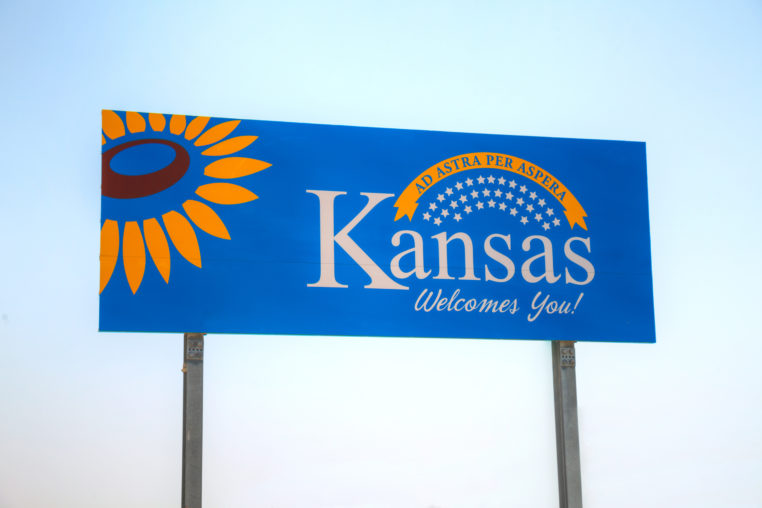
Kansas Tint Laws 2022: What You Need to Know
Tinting your car’s windows enhances its look and boosts your privacy and security. Despite these advantages, drivers must proceed with caution.
Each state has its own rules and regulations when it comes to automotive window tinting. Here in Kansas, window tinting laws were enacted in 1987. Throughout the years, the laws have changed. If you’re thinking about tinting your windows, it’s important to keep up.
Thankfully, Cornerstone Window Tinting is here to help you out. We’ve compiled this handy guide so you’re aware of the latest window tinting laws in Kansas.
Here’s everything you should know about 2022 Kansas tint laws.
What Does VTL Mean According to Kansas State Law?
When it comes to staying compliant with Kansas window tint laws, the most important information you need to know is visible light transmission, or VLT. This is the percentage of light that passes through your window tint. The higher the VLT percentage, the more light can pass through. For instance, window tint with 70% VLT allows 70% of light to seep through.
While VLT laws vary from state to state, Kansas’s policies are extremely specific.
If you drive a sedan in Kansas, the VLT laws will be:
- Windshield: Tint must be non-reflective above the manufacturer’s AS1-line
- Front side windows: Must have a 35% VLT or higher
- Back side windows: Must have a 35% VLT or higher
- Rear window: Must have a 35% VLT or higher
For SUVs and vans, Kansas VLT car window tint laws are:
- Windshield: Tint must be non-reflective
- Front side windows: Must have a 35% VLT or higher
- Back side windows: Must have a 35% VLT or higher
- Rear window: Must have a 35% VLT or higher
It is illegal for all vehicles in the state of Kansas to have a metallic or mirrored window tint appearance.
If you do not abide by these laws, you can expect to receive a $150 fine. Repeat offenders can be faced with fines as high as $350. Illegal window tinting is a Class C misdemeanor in Kansas.
Kansas Window Tint Exemption
Some states offer medical exemptions to accommodate drivers with light sensitivity conditions. However, there are no such exemptions in Kansas.
Other Kansas Window Tint Rules and Regulations
Additional Kansas window tint rules and regulations drivers need to follow include:
- Red, amber, and yellow tint colors are illegal
- If your vehicle’s back window is tinted, it must also have dual side mirrors
- Kansas recommends drivers carry stickers to identify legal window tinting, but it is not required
- Film manufacturers are not illegally obligated to certify the tint they sell in Kansas
Benefits of Window Tinting
Now that you know the window tinting laws in Kansas state, it’s time to consider if this car enhancement is right for you.
Window tints offer tons of benefits, including:
- Increases your privacy
- Improves security since thieves can’t peer into your car
- Reduces the impact of harmful UV rays and can help reduce your risk of skin cancer
- Prevents eye strain by reducing sun glare
- Protects your interior from fading and cracking
To enjoy these perks to the fullest extent, it’s essential to stay compliant with Kansas window tinting laws.
Expert Window Tinting Solutions in Overland Park
If you want to get your windows tinted, call the experienced technicians at Cornerstone Window Tinting. We offer a wide array of tint options and will help you find the product that’s right for you.
To learn more, contact us today by calling (913) 481-7392. We hope to hear from you soon!




